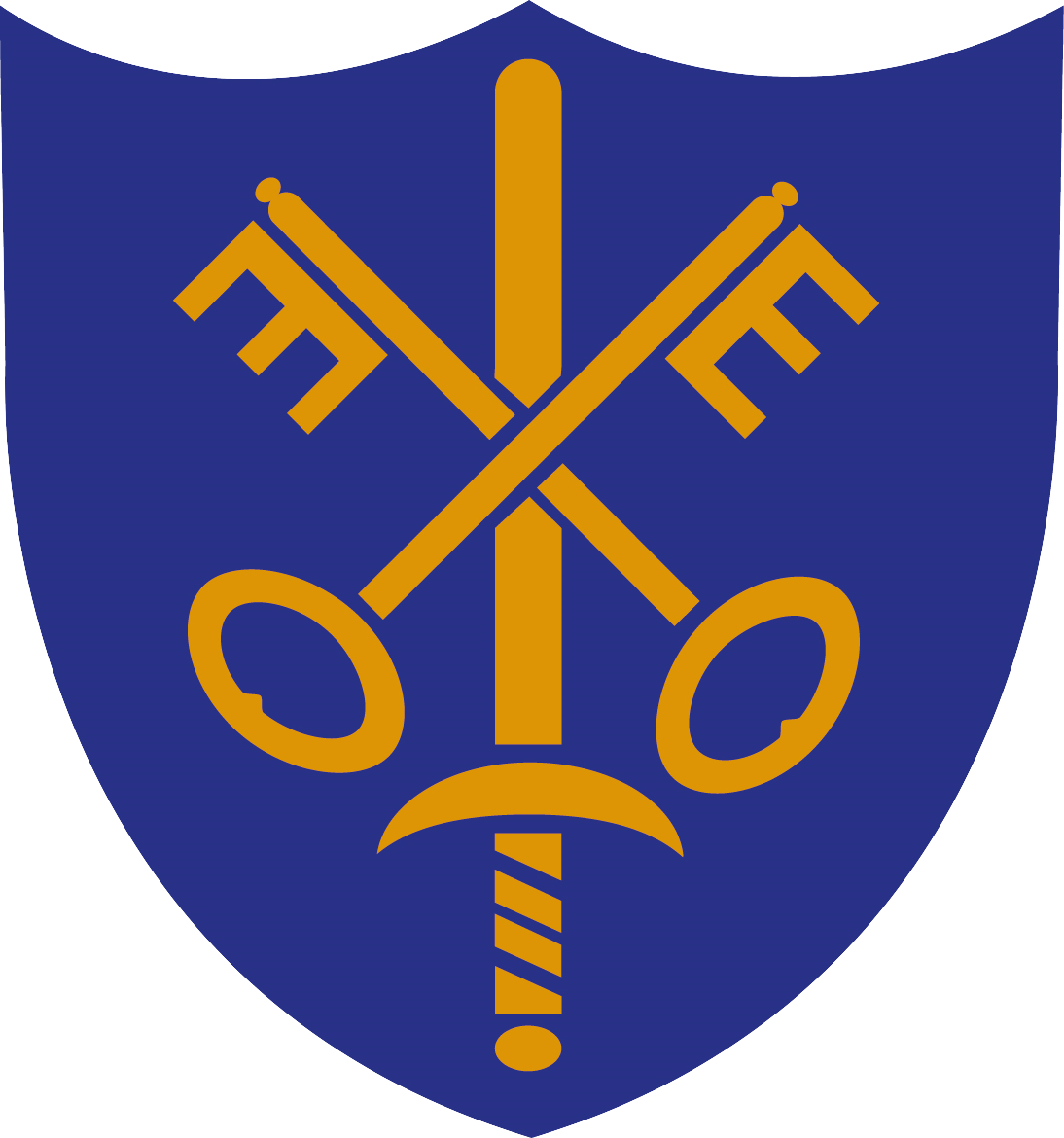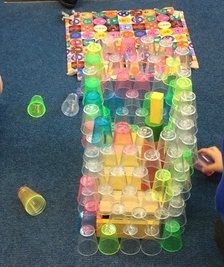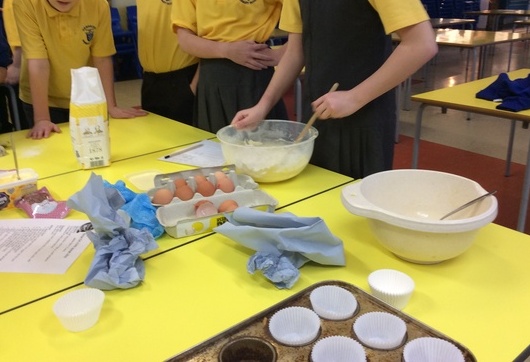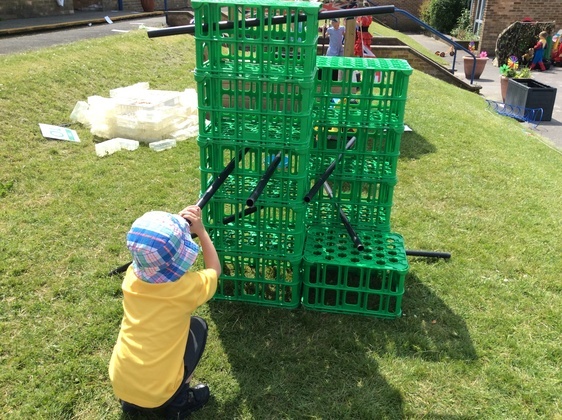Design and Technology
Design and Technology Curriculum Rationale
At Ormskirk Church of England Primary School we are designers and technologists. We want our children to love design technology. We want them to have no limits to what their ambitions are and grow up wanting to be architects, graphic designers, chefs or carpenters. We believe that if we can Inspire our children to Aim High they can Achieve and Shine. The design technology curriculum has been carefully crafted so that our children develop their design and technology skill set. We want our children to remember their DT lessons in our school, to cherish these memories and embrace the DT opportunities they are presented with.
Curriculum Intent
The design technology curriculum promotes curiosity and a love and thirst for learning. It is ambitious and empowers our children to become independent and resilient – like all curriculum areas.
We want to equip our children with not only the minimum statutory requirements of the design technology National Curriculum but to prepare them for the opportunities, responsibilities and experiences of later life.
We enrich their time in our school with memorable, unforgettable experiences and provide opportunities to inspire. For example, our Year 2 children have an annual trip to Manchester Airport. Here the children are involved in role-play situations, exploring some of the many careers at the airport. They identify the various fundamental parts of an aircraft and look at some examples of different aircraft. Children also have the opportunity to visit the flight deck, where they can sample the feeling of being a Pilot or Flight Engineer.
We firmly believe that it is not just about what happens in the classroom, it is about the added value we offer to really inspire our children.
Curriculum Implementation
After a recent audit of the design technology curriculum, DT has been carefully built and the learning opportunities and assessment milestones for each year group crafted to ensure progression and repetition in terms of embedding key learning, knowledge and skills. They explore and practice the practical skills involved in the topic with a huge emphasis on research and purpose, they then design, make, evaluate and refine their final products. This approach is taken for every design technology topic.
Design technology subject specific characteristics, which we expect the children to demonstrate, have been developed and shared with all stakeholders. These characteristics underpin all work in DT and form a focal point for display areas and provide a common subject specific vocabulary for staff and pupils. These characteristics are:
- Significant levels of originality and the willingness to take creative risks to produce innovative ideas and prototypes.
- An excellent attitude to learning and independent working and passion for the subject and knowledge of, up-to-date technological innovations in materials, products and systems.
- The ability to use time efficiently and work constructively and productively with others.
- The ability to carry out thorough research, show initiative and ask questions to develop an exceptionally detailed knowledge of users’ needs.
- The ability to act as responsible designers and makers, working ethically, using finite materials carefully and working safely.
- A thorough knowledge of which tools, equipment and materials to use to make their products.
- The ability to apply mathematical knowledge.
- The ability to manage risks exceptionally well to manufacture products safely and hygienically.
At Ormskirk Church of England Primary School, we inspire our staff to organise their own year group curriculums under the guidance of our subject leaders. Teachers are best placed to make these judgements. Staff develop year group specific long-term curriculum maps which identify when the different subjects and topics will be taught across the academic year. The vast majority of subjects are taught discretely but staff make meaningful links across subjects. They link prior knowledge to new learning to deepen children’s learning.
In most subject areas we encourage staff to teach a weekly lesson however this is not the case for design technology. To ensure that the children see the whole process from start to finish – from existing products through to their finished product and evaluating we block our teaching of DT using afternoon sessions over one to two weeks each term. We believe that by crafting our curriculum this way, we improve the potential for our children to retain what they have been taught, to alter their long-term memory and thus improve the rates of progress they make.
Curriculum Impact
Staff use our Design and Technology learning ladder to assess their children and inform planning of lessons and any necessary interventions. The ladder gives clear expectations for the design, make and evaluate stages within a year group, also highlighting technical knowledge to aid planning and assessment.
All teachers will use a variety of assessment techniques to monitor children’s progress. Formative assessment will be on-going via observations and dialogue with the children with next steps discussed by both sides.
In our school, we use Earwig timelines for each child and records of the DT process can be found on this site for parents to see. This timeline also acts as an insight into the children’s lessons and other experiences, giving parents a glimpse into their children’s academic lives that they might ordinarily miss out on. When work is put onto Earwig it will be assessed using Blooms Taxonomy as other Foundation subjects across the school are.
Assessment information is monitored frequently, this process provides an accurate and comprehensive understanding of the quality of education in design technology. Monitoring in design technology includes: book scrutinies, lesson observations and/or learning walks, pupil/parent and/or staff voice.
All of this information is gathered and reviewed. It is used to inform further curriculum developments and provision is adapted accordingly.
Design and Technology Progression Document
Design and Technology overview.




